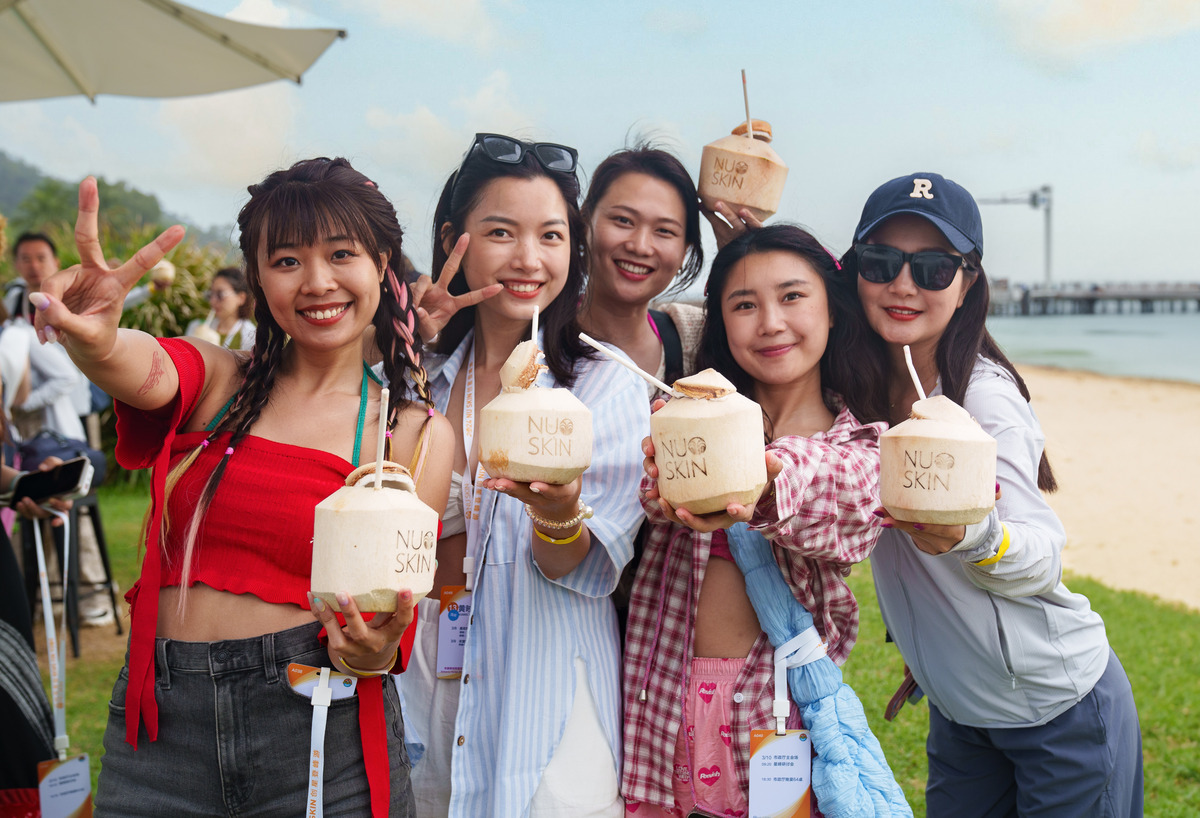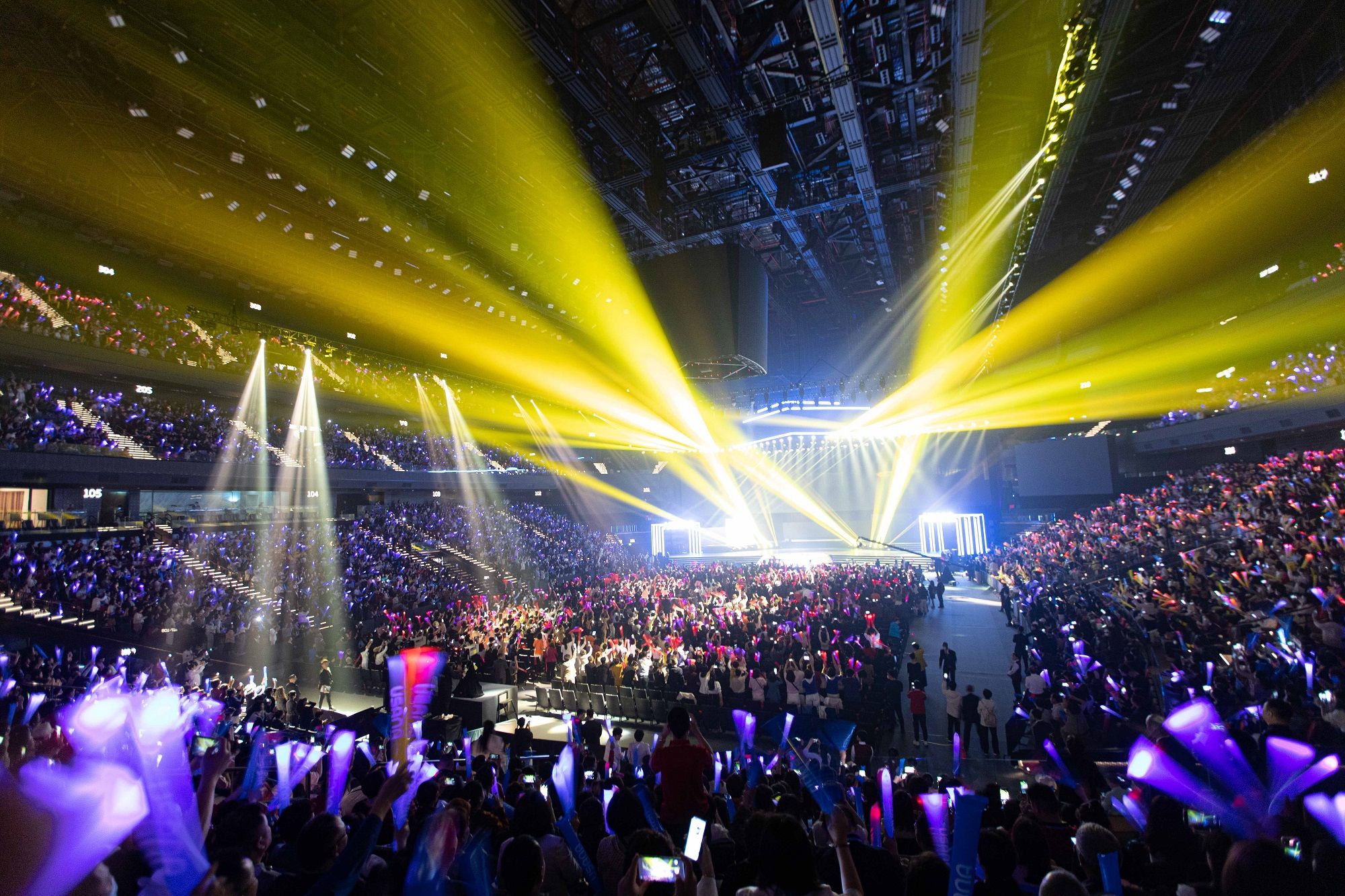Legend has it that when Vasco da Gama arrived in India in 1498, he declared: “We come looking for Christians and spices.”
Food and its influences have come a long way since then. Today, regional fare crosses borders and boundaries to the point that there is more chicken tikka masala consumed in Britain every year than any other dish. But with this global sophistication, comes a new challenge for event planners.
When approaching cocktail parties, gala dinners, or even a simple lunch at an offsite meeting, event organisers have to consider food more than ever. But, if they know the right questions to ask, the information to have on hand and how to communicate with the client, the chef, the caterer and the venue provider, corporate events can successfully provide a range of flavourful dishes accompanied by good wine and a festive atmosphere.

Communication
As with any aspect of an event, preparation is key to coming up with a menu that is inventive, inspired, and designed to wow guests. Says Geoffrey Bone, executive chef at The Ritz-Carlton, Millennia Singapore, an expert in catering to high-profile corporates for gala dinners: “For an event to be really successful, all aspects of the event [from decoration to food] should be viewed as equally important.”
In general, there has been a preference among event planners to host themed dinners, but while there is a heavy emphasis in the set-up and decoration, the food should also be an integral part of creating the overall mood and theme of the event.
Kristy Lee, director of events management, Pudong Shangri-La, Shanghai, says: “The meeting planner should give more details about the food preferences of their invited guests, based on profiles or experiences of past events organised. This is important so that we can recommend suitable menus.”
To tailor a menu more specifically for individual guests, Krittika Vorasuk, director of meetings and events, InterContinental Bangkok, adds: “Asking event organisers beforehand for delegates’ demographic information, backgrounds, religion, and so on is necessary.” The more information an event planner can offer, the more fine-tuned a menu becomes.

Eating for 2 or 200
In smaller group situations, where under 20 people are being served, specific requests can be accommodated very easily. But as the numbers grow, so do the considerations.
At a cocktail party, variety is essential. Liz Seaton, founder of Ginger’s Catering in Hong Kong, says: “With enough variety on the menu, it’s quite easy to take vegetarian or specialty preferences into account.” She also notes, if there is a special guest or VIP with specific requests, notifying the catering staff up-front allows them to dedicate one waiter to that guest with only specific foods.
At a sit-down dinner, gourmet buffets can provide the same type of variety as a cocktail party, eliminating some of the concerns about food preferences.
But quite understandably, large gala dinners with plated meals can be trickier. Selection of mains before the event can cut down on last-minute worries.
“We might serve a beef tenderloin on a risotto cake and, for those who don’t eat red meat, we can keep the risotto cake and substitute beef with fish or chicken instead,” Seaton explains.
As some exceptions become the rule, the standard at both The Ritz-Carlton Millennia Singapore and the Pudong Shangri-La is to have vegetarian and non-red meat options ready during the event.

Going exotic
There are some foods that should be avoided. Raw garlic and raw white onions not only sit on guests’ breath, but they also have a tendency to leave an odour in the room. Fried dishes should be avoided as well as it’s difficult to keep them fresh. Additionally, most event locations (barring a hotel’s kitchen) don’t have a sophisticated ventilation system to handle deep-frying. “The event ends up smelling,” Seaton says.
A more global business world means that events in every country are increasingly looking to introduce regional flavours and local favourites. The InterContinental Bangkok is often tasked with incorporating Thai dishes into a menu. But, says Vorasuk: “Most clients prefer not to have a purely Thai menu but rather one that includes some Thai items on the menu.” A taste of local flavour is sometimes enough to bring a theme and event to life.
Variety also comes into play when handling regional cuisines.
“We recently worked with a large company to put together an Asian buffet dinner for 400 people coming into Hong Kong from around the world,” Seaton recalls. “In that situation, we had enough variety of dishes: different flavours, meat and non-meat, etc, that everyone was quite pleased with the choices.”
And, it is important to note that just because a particular region is known globally for spicy dishes – like vindaloo curry in India for instance, it doesn’t mean that a gala dinner with Indian food has to blow the guests’ socks off.
The ITC Mughal in Agra often hosts large gala dinners on its sprawling lawn, but focuses on food prepared by chefs from Peshwari – the hotel’s famed restaurant dedicated to barbecued specialties and baked breads from the northwest frontier. This eliminates the need for a decision on spice levels, and is often a welcomed surprise for guests who have never tried that type of Indian cuisine. However, if dishes that are traditionally spicy are going to be served, mild is always the safest choice.
Wine pairings
As interest in wine around the world grows, event planners often request to work with sommeliers to choose wine pairings.
Indra Kumar, sommelier at The Ritz Carlton, Millennia Singapore, explains: “Four or five years ago, event organisers would simply talk to the catering manager, order a set menu, and ask for one red and one white to be served.
“We have seen a big change over a relatively short period of time. Event organisers are now asking if they can taste selections we choose first and then decide which ones to serve. They are much more selective and want a nice variety.”
Palates are also geographically specific, which can have an effect on wine appreciation. Kumar says: “US, European and Asian palates are all very different. In France, rosé is quite common. However, in Asia, rosé is not served with seafood, so it may not be appropriate for a group from China.”
Generally with a mixture of people, Kumar suggests New World wines, especially those from New Zealand, Australia and the US.
Contrary to popular belief, good bottles of wine can be found without breaking the bank. Branded wines are expensive because there is a market demand for them.
However, sommeliers often have relationships with smaller vineyards that are not as widely known and can find fine, similar tasting wines, without paying for the label.
At cocktail receptions for big events, wines that will be perfect as aperitif and will be enjoyed by the great majority will be Sauvignon Blanc (White) and Pinot Noir (Red). But if there is going to be another set of white and red wines to be served with food during dinner, then serving a red wine during cocktail reception will not be advisable.
Bringing it all together
Delegates are becoming more sophisticated connoisseurs of food and wine from regions across the globe, which means that the onus is on the event planner to make the event dining experience an exceptional one. In large part, to delight the customer and to surprise him with something new and interesting that makes the night more memorable, means relying on the experts to steer you in the right direction.
“Every situation is different,” notes Lee. “We always have the guest’s best interests as top priority. If this is communicated appropriately to the clients, they will appreciate our suggestions.”
Logistics Matter
Mix asked Liz Seaton, founder and director of Ginger’s Catering in Hong Kong for her catering tips
Q: What do you need event planners to tell you upon the first meeting so you can best plan a menu and ensure that the catering aspect runs smoothly?
A: We need to know the number of people coming and understand the location of the event and the type of space available to set up a makeshift kitchen. If there’s no space to put warm food together, then that changes our options for menus. In that case, cold canapés that can be prepared beforehand are better and more appropriate, especially for outdoor events or events in locations without facilities.
And, we must have a space that is air conditioned to keep and prepare food; otherwise, it wastes too quickly.
Logistically, we need to know the start and finish time of the party; whether it’s a lunch, a cocktail party, a breakfast, etc; and how many and what type of people are coming. All of these factors dictate the number and the types of dishes we will recommend.
Lastly, although it seems obvious, if someone comes with a budget that is reasonable for the client’s requests and expectations, then it’s much easier to start planning a realistic menu from day one.
Q: At a cocktail party, what types of dishes are cumbersome to eat?
A: People often ask for things like mini-burgers, or other types of dishes served on plates or in bowls. If you want to serve those dishes, you need to make sure the venue has small tables so that people can put their drinks down and use both hands to eat. Food that you can eat in one or two bites is always preferable for the majority of what you serve at a cocktail party.
Recently, we had a company ask for cappuccinos for 120 people to be served in the first 30 minutes. That’s just not feasible. You have to think about the logistics of eating and serving.
Q: What are your top tips for event organisers when communicating with a caterer?
A: Check on the available area before you meet with the caterer. Confirm as much information with the client before you come to the meeting so we start out on the same page with the same idea that the client has in mind.


